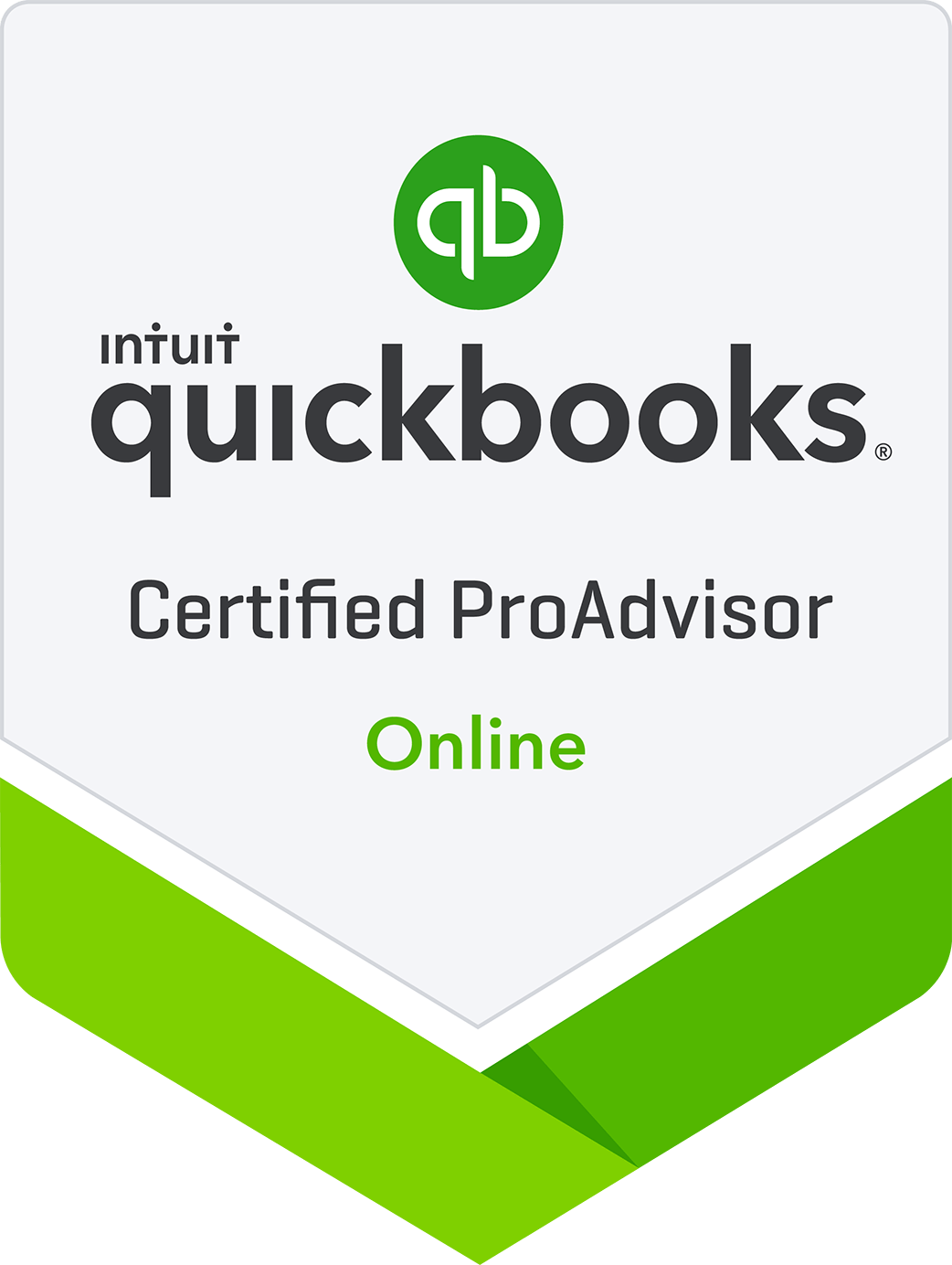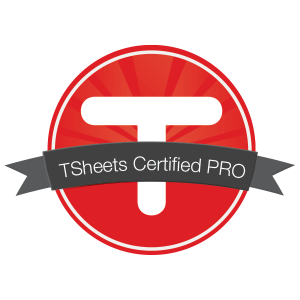Real-time accounting is when your books are caught up to the present and you know exactly where you stand with your account balances, revenue, and profit. It’s truly doing your accounting in real time.
The opposite of real-time accounting is getting your books done once a year (or worse, being years behind). When you wait to do your books once a year, say at tax time, you lose the power of being able to monetize opportunities in real time. Some examples are realizing your prices are too low and your profit margins need adjustment, seeing what’s selling well and restocking sooner than later, or discovering a worker is not productive based on your pay rates and prices.
Today’s cloud accounting systems and bank feeds allow you the potential for real-time accounting, where the benefits include:
- Better cash flow management
- Faster correction of pricing, hiring, stocking, and margin mistakes, saving money and increasing profits faster
- Faster identification of any tax liabilities as well as the ability to reduce or eliminate penalties from paying late or underestimating taxes due
- Ability to see whether you are making a profit or a loss
- Potential to catch fraud or identity theft much faster if you become a victim
- Lower accounting costs when errors snowball over time
- More peace of mind
- Ability to be more proactive in your business management, capitalizing on opportunities that show themselves in the numbers
Consider moving to real-time accounting if you haven’t already. For example, if your books are done annually, moving to quarterly or monthly services will begin to provide the advantages listed above.



 Want a free consultation with us? Give us a call or send us an email to claim your complimentary consulting session.
Want a free consultation with us? Give us a call or send us an email to claim your complimentary consulting session.




